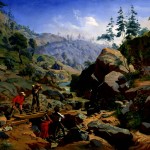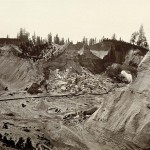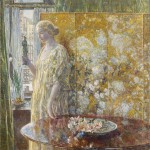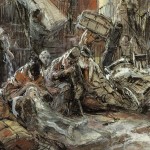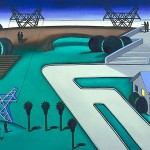From immigrants arriving to our shores, hoping for a better life, to citizens moving through our vast nation in search of new opportunities, Americans have always been on the move. The reasons for their movement, whether they be economic, cultural, political or environmental, have been both voluntary and involuntary. The theme of migration remains relevant in our nation today for those in pursuit of the “American dream” and in search of a better future.
The collection of the Smithsonian American Art Museum demonstrates this far-reaching theme in many of its artworks. From the earliest artwork in this theme (Young Moravian Girl, 1755-60) to the most recent (Electronic Super Highway, 1995), each illuminates the immigrant and migrant experience. These artworks seek to answer questions such as, “What attracted diverse groups of people to this land?” and “What did they hope to gain or achieve through this undertaking?” In each of the following artworks we will explore how the issues of the time in which the artwork was created affected the experience of the immigrant and the migrant.
Click on an artwork to learn more about how that artwork connects to the theme of Immigration and Migration.
18th Century – Crossing the Atlantic
19th Century – Westward Migration






